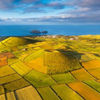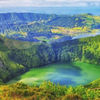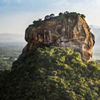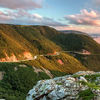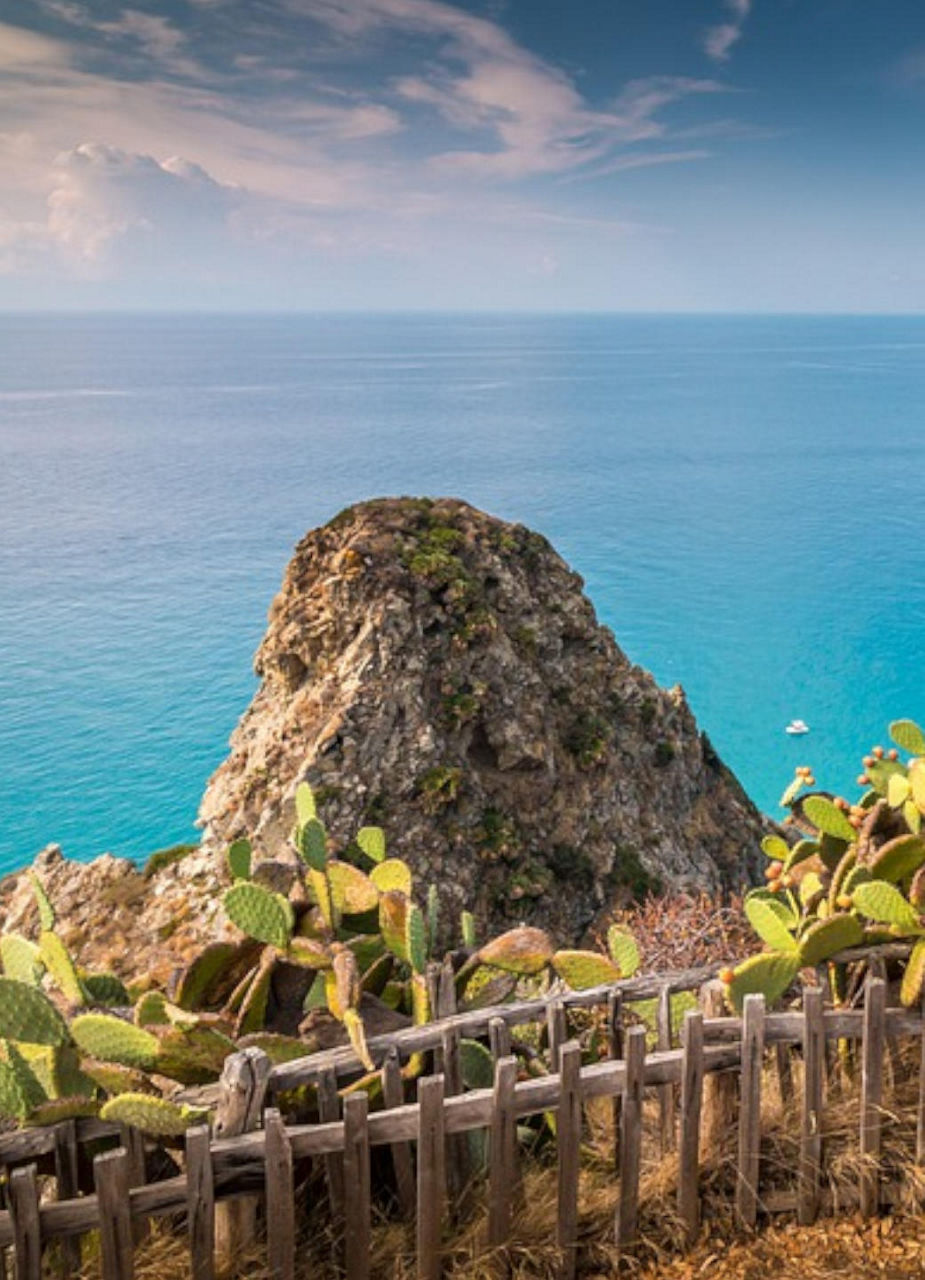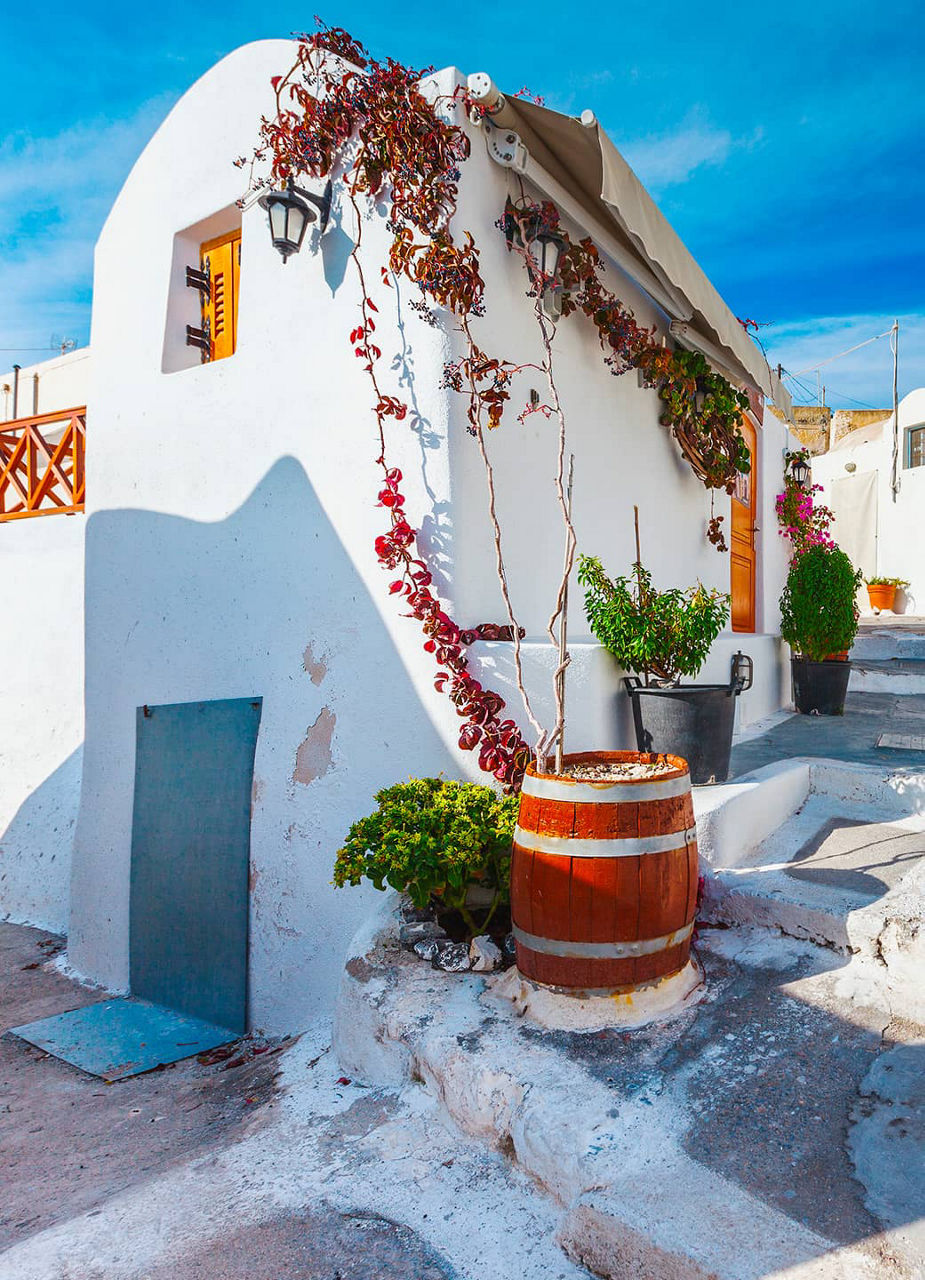
Day trips from Catania: spoiled for choice
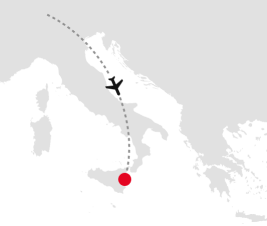


Taormina
About an hour's drive away is the picturesque town of Taormina. Already known to writers and artists of the 18th and 19th centuries, it is now one of the most popular places for culture and leisure alike. The old town is situated on a rocky terrace about 200 metres above sea level, but today the town area extends all the way to the sea. From there, a cable car takes you up to the centre of the city in a few minutes.


Taormina: the ancient theatre
The ancient theatre of Taormina is the second largest in Sicily after that of Syracuse. Although it is often referred to as the Teatro Greco, it is a Roman structure built in the 2nd century BC over a smaller Greek theatre. When it was later converted into an arena, the auditorium was again considerably enlarged. Originally, the theatre was used for the performance of plays. After its transformation into an arena though, only gladiator and animal fights took place there.

Isola Bella - On the beach in Taormina
Isola Bella near Taormina is a candidate for the trophy of Sicily's most beautiful beach. A staircase leads down from the state road to the pebbly seashore. The depths of the sea make the waters shine in dazzling colours which vary depending on the time of day. Isola Bella has two beach bars and a freely accessible part. This is ideal for cliff divers and snorkellers


Syracuse
Syracuse is about an hour's drive away. The traces of the past are omnipresent, for in ancient times Syracuse was the most powerful city in Sicily. The Baroque cathedral and the church Lucia alla Badia are located on the island of Ortigia which forms the historic city centre. In the Neapolis district, Roman theatre ruins and pine groves alternate with remains of Greek altars. Syracuse is also a UNESCO World Heritage Site. As always in the Catania region, the nearest beach is not far away!


Syracuse: old and new town
The island of Ortigia is the origin of Syracuse. At the southern tip stands the Castello Maniace with its round corner towers. Frederick II built this castle in 1240 to defend the harbour entrance of Syracuse. The Castello was a fortress and royal palace in one. The Neapolis (new city) lies on the mainland and frames Ortigia, to which it is connected by the Ponte Nuovo bridge. Furthermore, there is a well-known archaeological park in the new city.

Fontane Bianche: popular with the locals
If you are motorised, drive about 15 km from Syracuse to Fontane Bianche. The beach, which is especially popular with locals, attracts visitors with its gently sloping strech of sand that disappears into the crystal-clear waters. Families with children can enjoy carefree beach days and use the surrounding leisure facilities and restaurants. Furthermore, the secluded bays behind bizarre rock formations offer almost private bathing fun.


Ragusa
Ragusa can be reached in about 90 minutes by car and is definitely worth a trip. The picturesque town lies in the southeast of the island, nestled in the hills. The place where TV's Commissario Montalbano solves his cases is perfect for a stroll.The baroque architecture of the little town shows itself in lush decorative elements, arches, columns, and façades. Due to its historical and artistic importance, the town is a UNESCO World Heritage Site. The city centre consists of two parts separated by a gorge - Ragusa Ibla and Ragusa Superiore.

Ragusa Ibla
Ibla is situated on a hill about 450 metres above sea level. Its old town has more than 50 churches and numerous palazzi in the baroque style. The narrow, up- and downwards leading streets form a labyrinth of cobblestoned passages. Iblas' alleys, bridges and streets all accentuate the magic of Sicily. Perhaps for this reason Ragusa has been praised by famous literary figures as the "island within an island" or "the other Sicily". If you are in Ragusa in the first week of October, don't miss the Ibla Buskers, a five-day choreographic street spectacle in the historic alleys with jugglers, tightrope walkers, and musicians.


Ragusa Superiore
Ragusa Superiore (upper town) is located on a hill to the west of the city and was brought about in a rational and geometric manner in the 18th century. Meanwhile, a large part of the city's population lives here. The city's administrative buildings are also located here. The city's Cathedral of San Giovanni was built between 1706 and 1760. From the Chiesa Santa Maria delle Scale, a 13th century church, a long staircase (Scala) with 242 steps leads to the lower town of Ragusa Ibla.


Marina di Ragusa
Marina di Ragusa is the most visited seaside resort in south-eastern Sicily. It is particularly popular for its beaches with fabulously fine sand. The coastline features strands with shallow waters which are – unlike the numerous beach bars spattered along them – ideal for the little ones. In summer, Marina di Ragusa is transformed into a lively seaside resort with numerous events and festivals to fill the days.The Cabrera tower - located on the south side of the piazza of the original fishing village - still stands today. The only thing that's left of what was a watchtower in the 16th century, is its foundation. The old harbour used to be right next to the Cabrera tower.
Header - Photo by Anna Auza on Unsplash
Paragraph 1 - Photo from Italia.it
Paragraph 1 - Photo by Jerzy Strzelecki on Wikimedia
Paragraph 2 - Photo by Berthold Werner on Reise nach Italien
Paragraph 2 - Photo by Berthold Werner on Wikipedia
Paragraph 3 - Photo by Lyle Wilkinson on Unsplash
Paragraph 4 - Photo by Kristin Snippe on Unsplash
Paragraph 4 - Photo from Reise-nach-italien.de
Paragraph 5 - Photo from Italien.de
Paragraph 5 - Photo from Reise-nach-italien.de
Paragraph 6 - Photo from Sizilien-ferienhauser.com
Paragraph 7 - Photo by Benjamin Huggett on Unsplash
Paragraph 7 - Photo by Joseph Recca on Unsplash
Paragraph 8 - Photo from Wikimedia
Paragraph 9 - Photo from Sizilien-ferienhauser.com
Paragraph 9 - Photo by Jonas Tebbe on Unsplash
Paragraph 10 - Photos from Sizilien-ferienhauser.com

